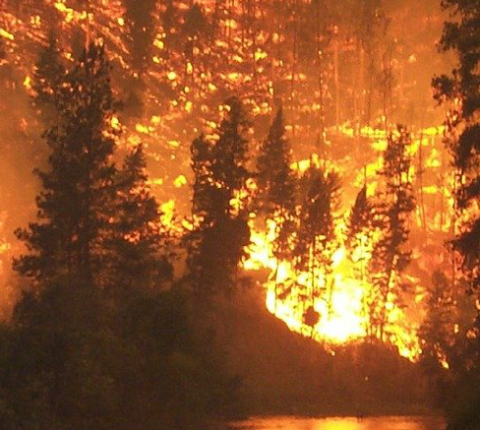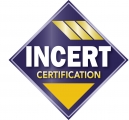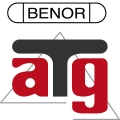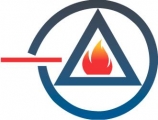
For several months now, the forests have been burning. This is due to the continuing drought and high temperatures. The media warns us every day; in the last three weeks, mega-fires have destroyed hectares of vegetation in Spain, Portugal, Greece and France. During the hottest days of July, a few fires were also recorded in Belgium.
Most fires are accidental, caused by public carelessness and inattention or, more rarely, as a result of forestry work.
Estimating the risk
Several European countries have a system for grading forest fire risk. Normally, the fire risk is assessed on a five-point scale.
In Belgium, a colour code informs the public about the level of danger. Check the information signs at the entrances to the natural areas or on the website of the municipality.
Some preventive measures
Depending on the environment, the weather situation or the geographical location, the authorities recommend or even impose appropriate preventive measures.
Advice to holidaymakers: ask managers and owners for local instructions.
- Check with your local authorities.
- Respect the safety distances around houses and buildings.
- Clear brush and clean up around properties.
- Have sufficient water available (hard or soft storage tanks for firemen, swimming pools, etc.).
- Do not make fires, flames, etc.
Forest recreation in times of drought
For the general public, woodlands are primarily a recreational area where they can enjoy shade and coolness on hot days. Unfortunately, in times of drought, the slightest carelessness can quickly get out of hand.
- Check the information signs at the entrances to natural areas or on the local website.
- Adopt safe behaviour and follow the marked paths and tracks.
- In times of increased fire risk, be even more vigilant and attentive!
- All vegetation is dried out, not only in the woods, but also in the gardens and fields nearby.
- Wild camping and picnics where local regulations allow. In any case, choose an open site, at a good distance from the dried-out vegetation (trees, bushes and scrub).
- It is forbidden to light fires or flames, to light campfires, candles or torches,... in or near a wood.
- Barbecues are allowed in the places set aside for this purpose. In case of severe drought, a general ban may be imposed. Avoid lighting fires! The flames can start again from the embers, and ashes that are still hot could fly out and push the fire further away.
- Waste: collect all waste and dispose of it in a waste bin.
- The sun's rays are a source of ignition when they are concentrated through bottles or pieces of glass, or reflected off metal parts for example. Do not leave them in the open.
- Smokers: cigarette butts must be extinguished! Never throw matches or cigarette butts on the ground. They may not be completely extinguished or sufficiently cooled.
The presence of vehicles
Many fires start on roadsides and paths. They are linked to motor vehicle traffic that can produce sparks and high temperatures.
Forestry work
Depending on the level of risk, the authorities may impose preventive measures or even prohibit certain forestry work.
Source:
This article is taken from CFPA-E Guideline 6 N - Forest fires






